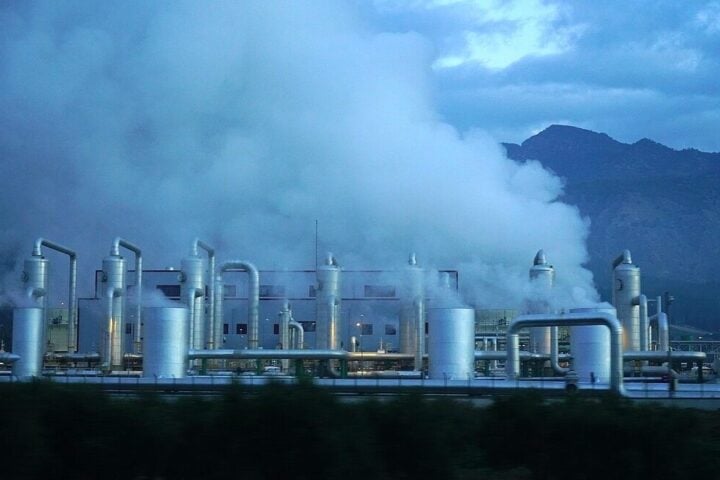Recent findings reveal thousands of abandoned and unplugged oil wells in the Gulf of Mexico, posing significant environmental risks. These abandoned offshore oil and gas wells in the Gulf of Mexico may be a ticking time bomb for the environment.
The study published in Nature Energy estimates 14,000 deserted oil and gas wells in the Gulf of Mexico’s waters and the states of Alabama, Louisiana, and Texas. The researchers conducted a cost analysis based on data from more than 80,000 wells drilled in the Gulf, revealing that around 14,000 remain uncapped, with potential environmental damage.
These 14,000 open and uncapped wells in the region urgently require cleaning and plugging with cement to prevent further pollution. The cost of plugging these wells to prevent environmental harm could reach up to $30 billion, according to the study’s findings.
Leaks from these wells can negatively impact marine ecosystems and contribute to methane emissions, requiring costly repairs. Scientists warn that the lack of will and financial resources may hinder efforts to address the abandoned and unplugged wells.
Wells located closer to the shore are more likely to cause damage to coastal ecosystems and release methane compared to deepwater wells. Over 90% of inactive wells are situated in shallow areas, with an estimated cost of $7.6 billion required for their plugging.
Dr. Mark Agerton, the lead author of the study from California University, Davis, emphasizes the potential future environmental and financial risks associated with these wells. Data collected from the US Bureau of Safety and Environmental Enforcement reveals that although most wells have been plugged, more than 14,000 inactive wells remain uncapped.
Unplugged oil and gas wells can leak methane, a harmful greenhouse gas that poses risks of asphyxiation and is flammable. Approximately 13,000 of these abandoned and unplugged wells are located in federal or state shallow waters, making them a priority for plugging.
Similar Post
Methane leaks from shallow water infrastructure are likely to reach the surface, potentially causing environmental harm, according to the study’s authors. Previous research highlights that these wells can also contribute to water pollution and release other toxic substances, such as arsenic.
Plugging the wells involves using cement to fill the reservoir and inserting a plug, with the associated cost varying depending on the location and tools required. Deepwater wells in offshore areas present challenges for plugging due to their inaccessibility, requiring expensive technologies like remotely operated vehicles.
Unfortunately, it is unlikely that all wells will be plugged soon, as some operators walk away or transfer ownership, leaving them orphaned. The Biden administration allocated over $4 billion to address abandoned wells, but more funding and action will be necessary to address the Gulf’s idle wells.
Collaboration between researchers and government agencies aims to estimate the methane emissions from these wells and conduct a climate cost-benefit analysis.


















